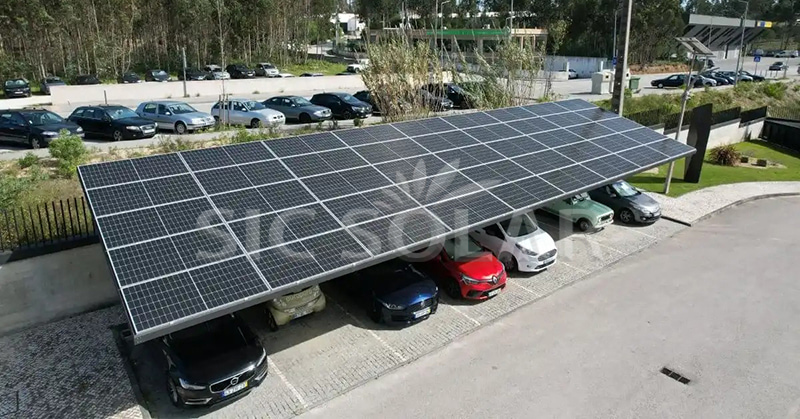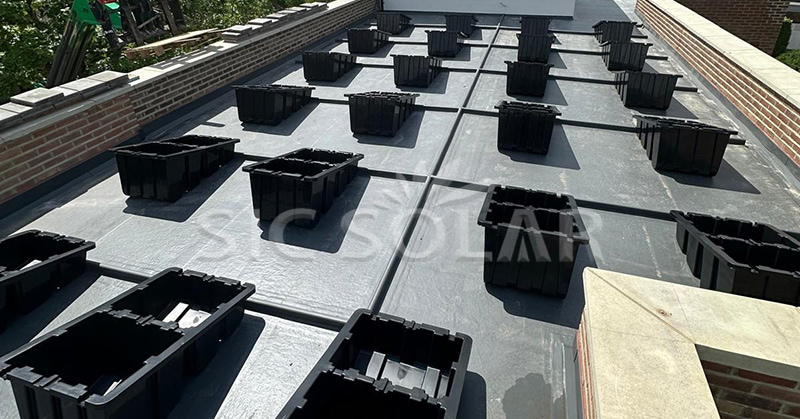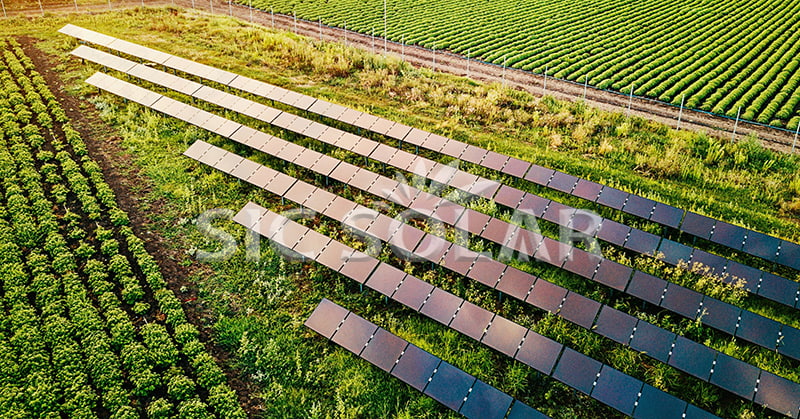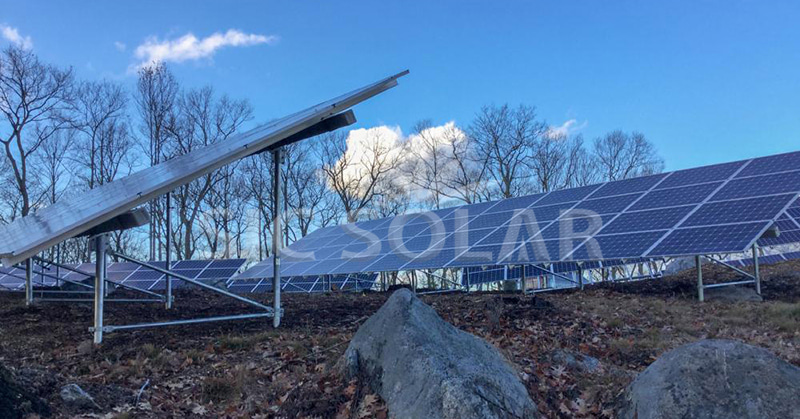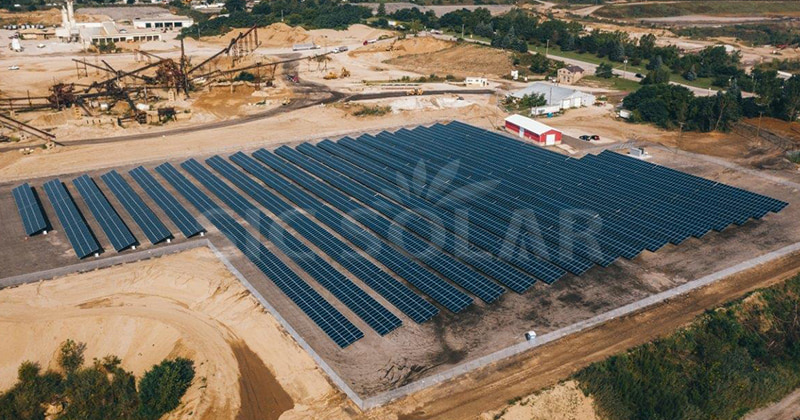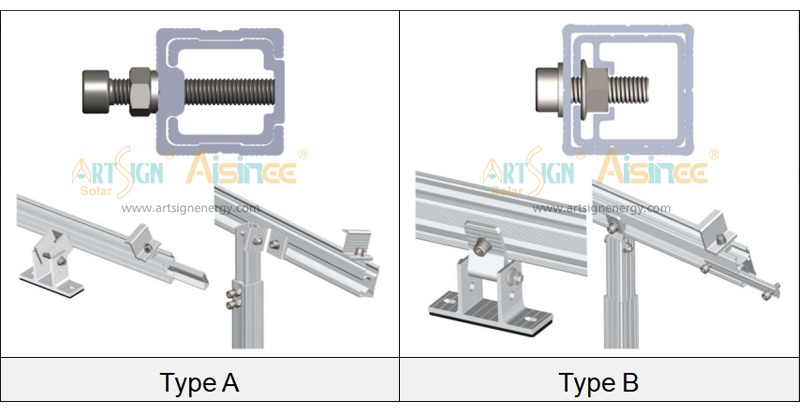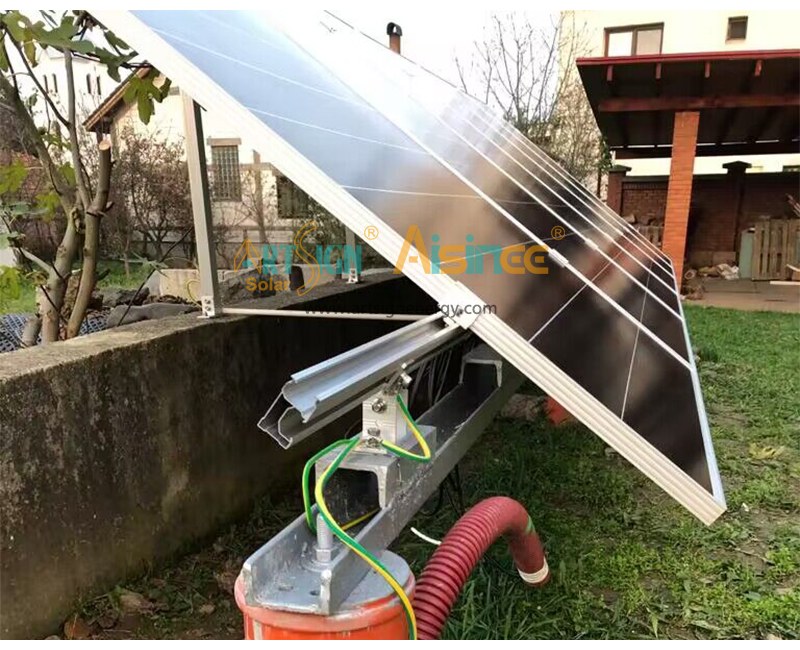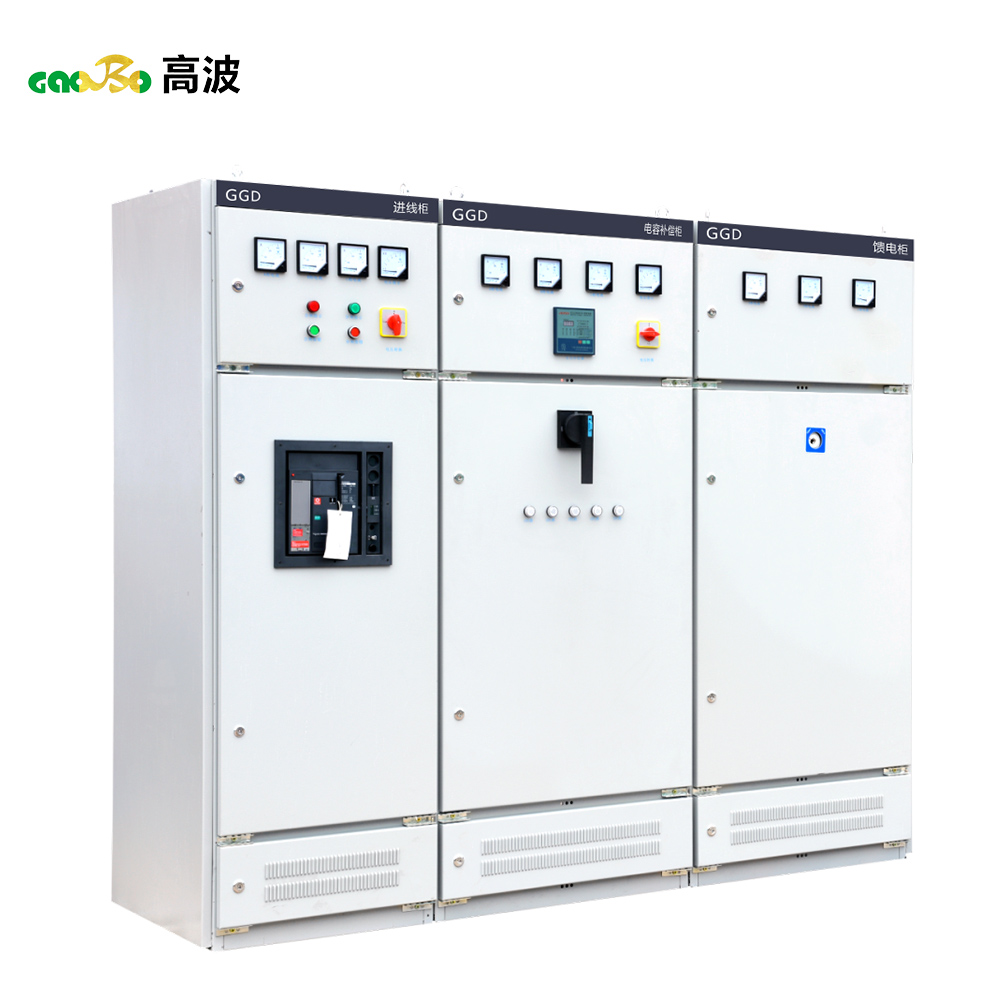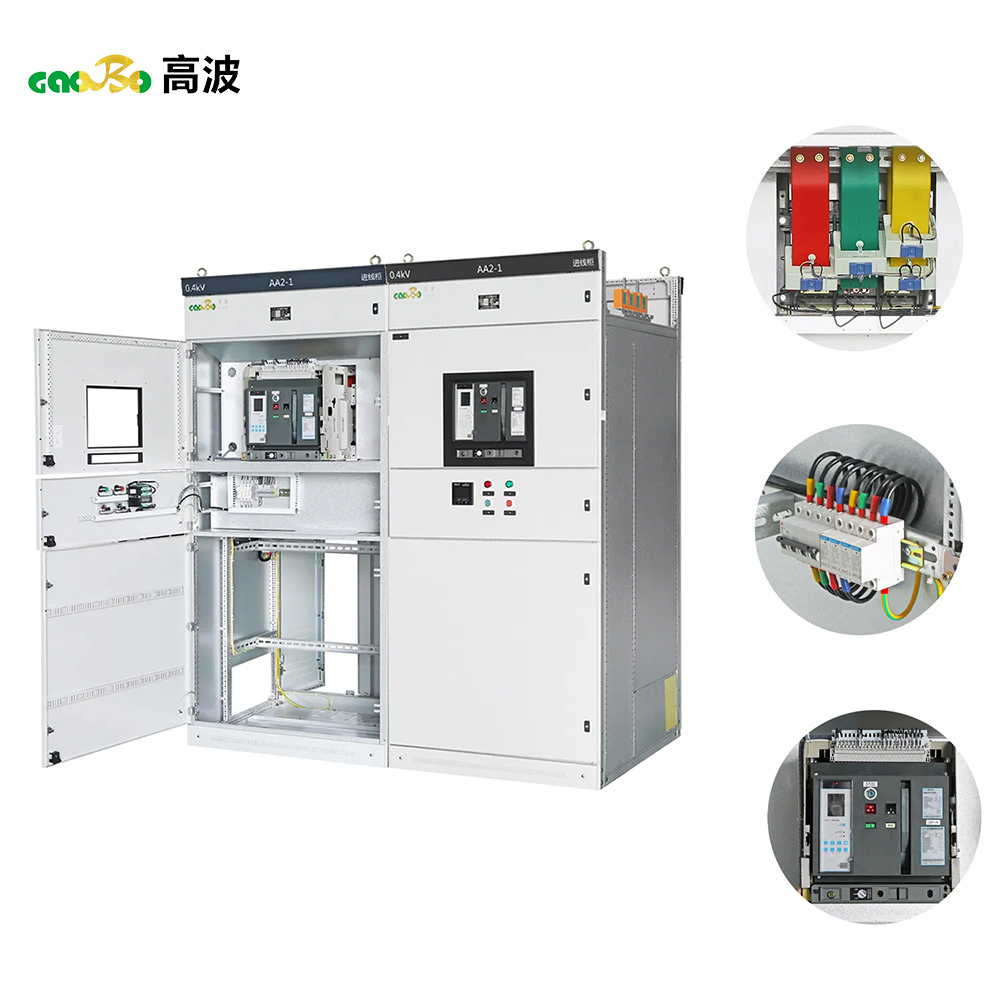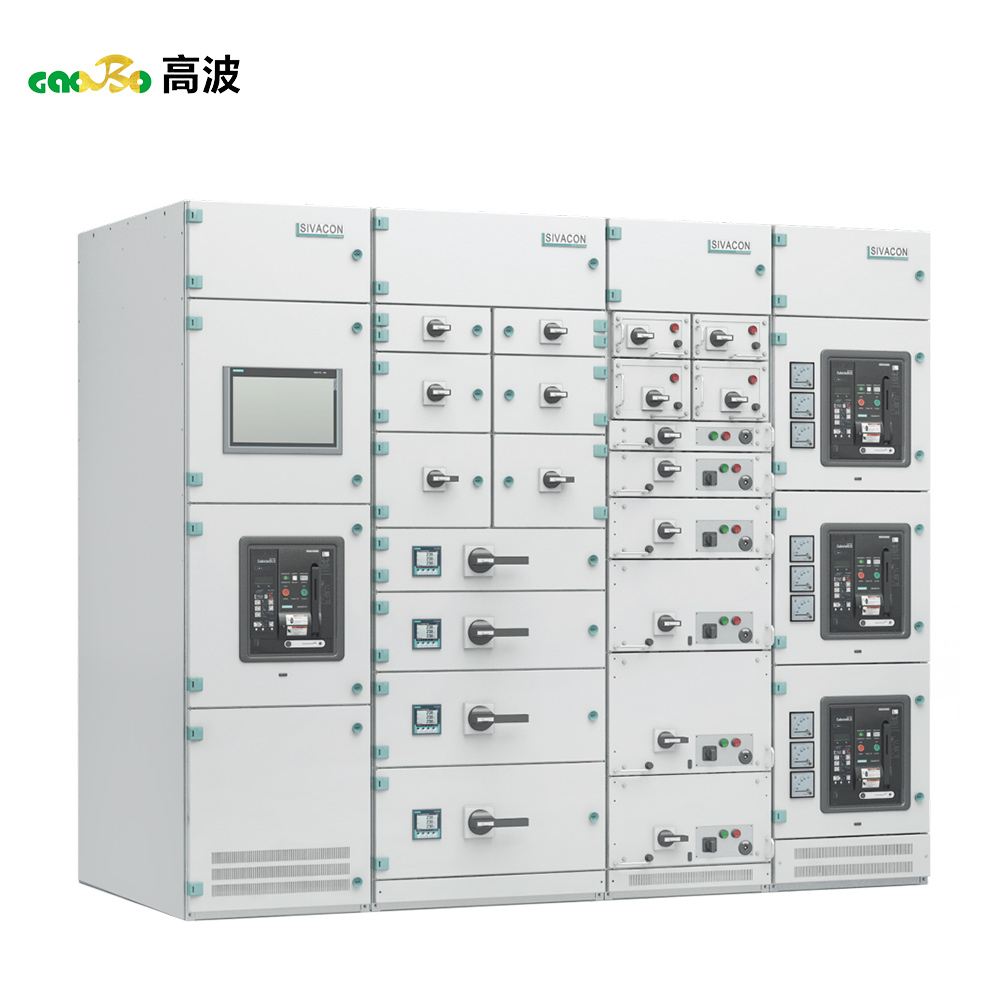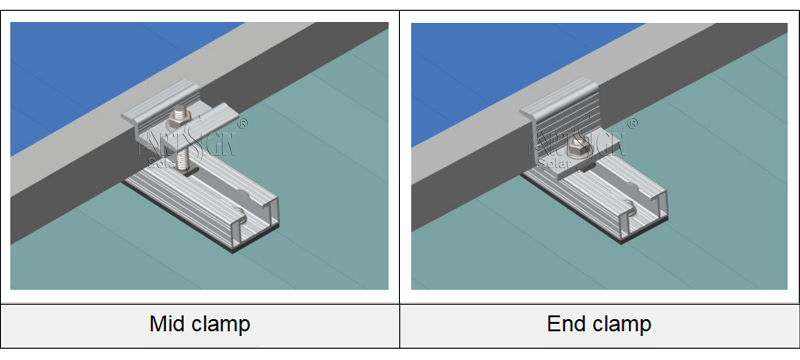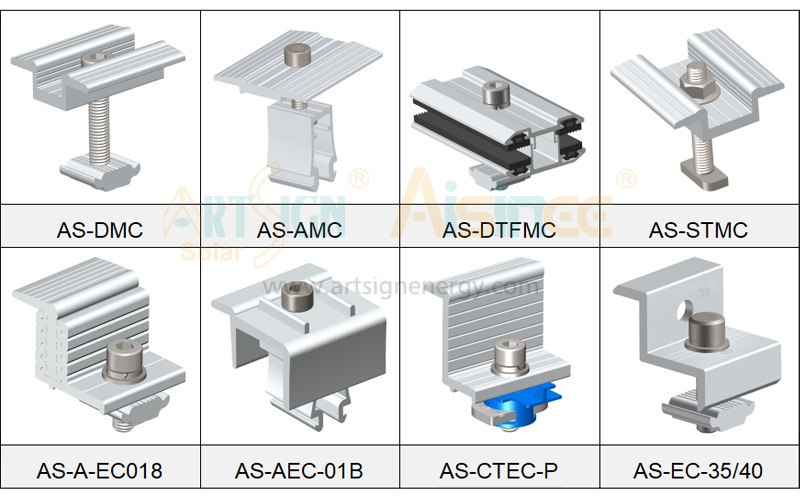The main differences among the four types of low-voltage switchgear, GGD, GCS, GCK and MNS:
GGD is a fixed cabinet, while GCK, GCS, and MNS are drawer-type cabinets. The GGD cabinet is an older model with lower security but the lowest price, suitable for prefabricated substations. The GCK, GCS, and MNS cabinets use a modular structure, resulting in a smaller, more compact size that facilitates transportation and installation.
The GCS cabinet can only be installed as a single-sided control cabinet with a depth of 800mm, while the MNS cabinet can be installed as a double-sided control cabinet with a depth of 1000mm. The maximum current designed for the GCS cabinet is 4000A, while the maximum current designed for the MNS cabinet is 6300A.
The drawer-pushing mechanisms of GCK, GCS, and MNS differ. GCS uses a rotary push mechanism, while MNS uses a large interlock. GCS can only have a minimum of 1/2 drawer, while MNS can have 1/4 drawer. The GCS cabinet is divided into a busbar compartment, an electrical compartment, and a cable compartment, with each compartment separated by partitions. The MNS cabinet is divided into three functional compartments: a busbar compartment, a drawer compartment, and a cable compartment, with each compartment separated by high-strength steel plates or flame-retardant insulating boards.
The installation modules of GCK, GCS, and MNS differ. GCS can be made with a maximum of 22 drawers, while MNS can be made with 72 drawers. The GCS cabinet has an IP30 and IP40 protection rating, and higher protection ratings can be designed according to requirements. The MNS cabinet has an IP40 protection rating.
The busbars of GCK, GCS, and MNS are different. GCK's horizontal busbar is located on the top of the cabinet, and its vertical busbar lacks a flame-retardant plastic functional panel. Cable exits can be at the rear or in a right-side cable compartment. GCS and MNS's horizontal busbars are at the rear, separated from the front left drawer unit and front right cable exit compartment by a partition. Their vertical busbars are assembled within a flame-retardant plastic functional panel.
GCS is domestically produced, while MNS is imported. GCS was launched on the market in 1996 and is largely modeled after MNS. MNS is a product manufactured using technology transferred from ABB Switzerland.
The prices differ. GGD is the cheapest. GCS is cheaper than MNS.
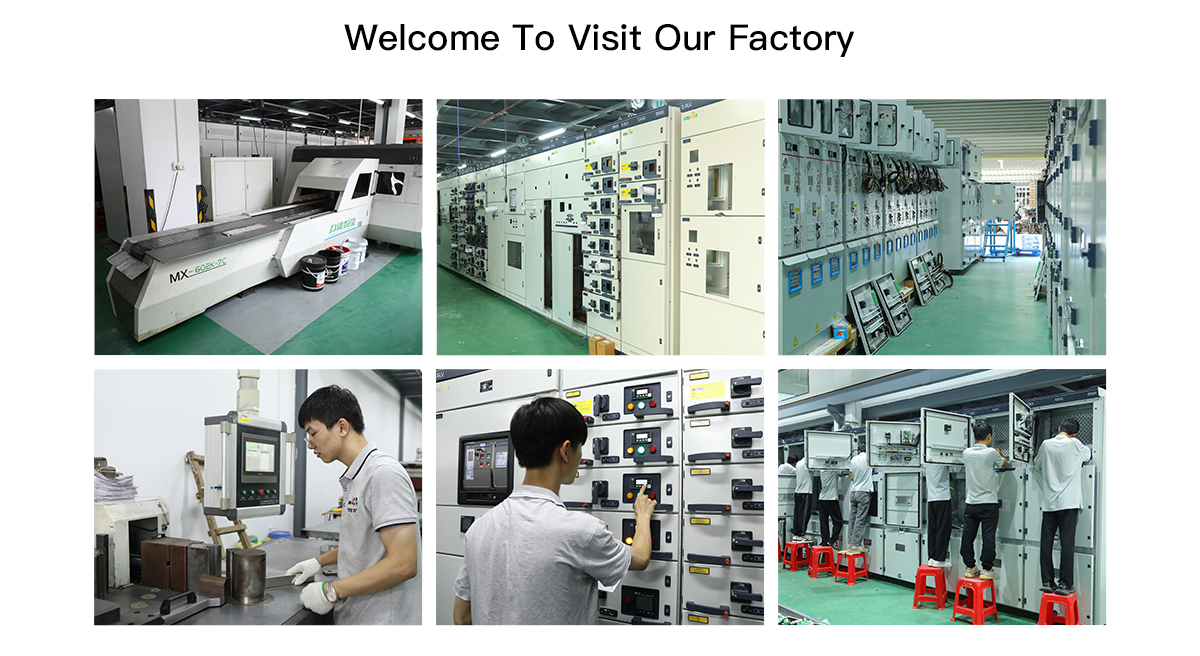
When selecting low-voltage switchgear, the following aspects need to be considered:
Installation Environment: Different low-voltage switchgear is suitable for different installation environments. For example, different types of low-voltage switchgear need to be selected for different environments such as power distribution rooms, electrical control rooms, and distribution boxes.
Equipment Requirements: Different electrical equipment requires different switchgear. For example, for equipment such as motors, generators, and transformers, low-voltage switchgear with motor control and power distribution functions needs to be selected.
Protection Performance: The protection performance of low-voltage switchgear is a crucial factor affecting its service life. When selecting low-voltage switchgear, it is necessary to choose one with an appropriate protection level based on the actual conditions of the equipment and the operating environment.
Maintenance and Repair: Maintenance and repair of low-voltage switchgear is also a factor to consider. Different low-voltage switchgear have different maintenance requirements. When selecting low-voltage switchgear, it is essential to understand its maintenance requirements and precautions to ensure proper use and maintenance.
The following are suitable application scenarios for GGD, GCS, GCK, and MNS low-voltage switchgear:
GGD Series: Suitable for AC 50Hz power distribution systems in substations, power plants, industrial and mining enterprises, etc., with a rated operating voltage of 380V and a rated operating current of 1000A-3150A. Used for power and lighting distribution and energy conversion and distribution control.
GCS Series: Suitable for three-phase AC 50Hz power generation and supply systems with a rated operating voltage of 400V (690V) and a rated current ≤4000A. Used for power distribution, centralized motor control, and capacitor compensation. Widely used in power plants, petrochemical plants, metallurgy, textile mills, high-rise buildings, and other locations requiring automation and computer interfaces.
GCK Series: Suitable for AC 50(60)Hz power distribution systems with rated operating voltage ≤660V and rated current ≤4000A. It consists of a power distribution center (PC) cabinet and a motor control center (MCC) cabinet.
MNS Series: Adaptable to various power supply and distribution needs, widely used in low-voltage power distribution systems in power plants, substations, industrial and mining enterprises, buildings, and municipal facilities. Especially suitable for locations with high automation and requiring computer interfaces.
When selecting a switchgear type, factors such as the specific operating environment, electrical parameter requirements, and budget must be considered comprehensively.
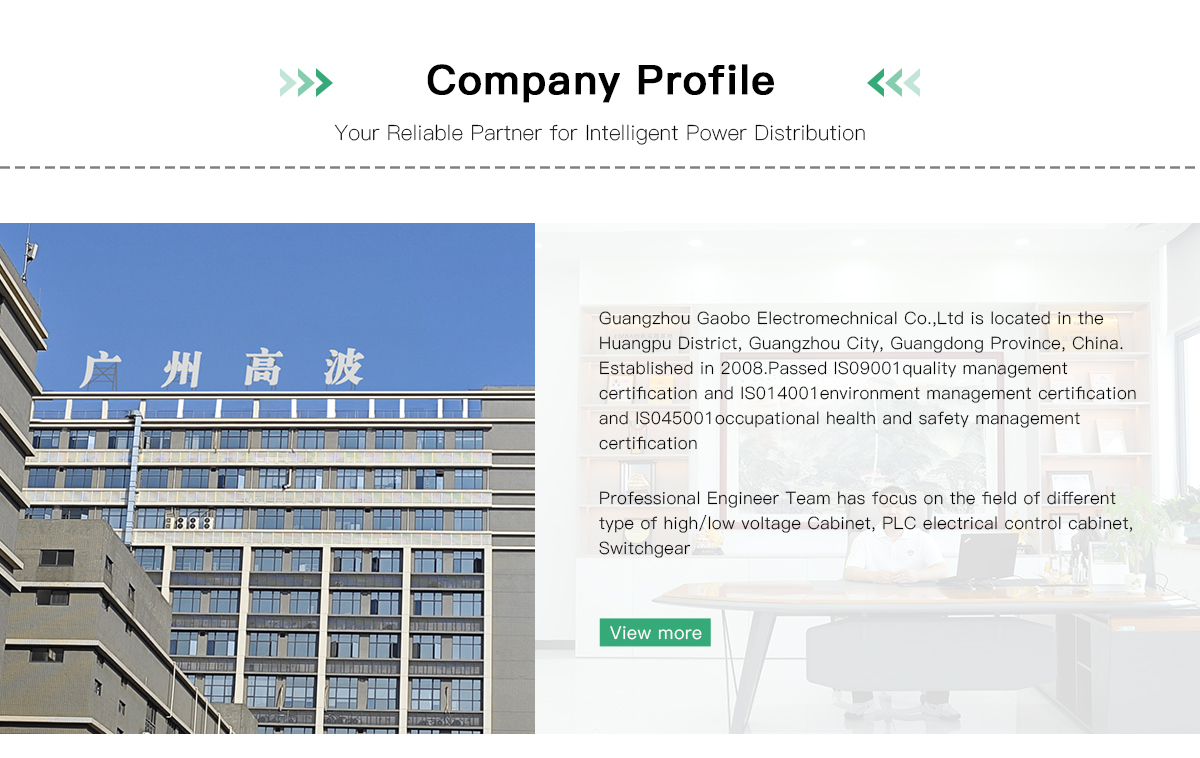
If you have any questions about the aforementioned low-voltage switchgear, or related needs, please contact us: Gaobo Electromechanical Equipment Co., Ltd., a company with over 17 years of extensive experience in the power industry.

